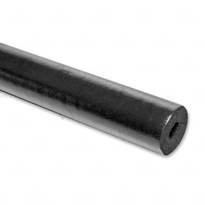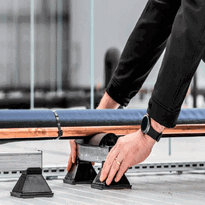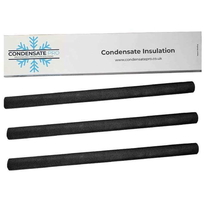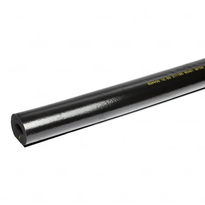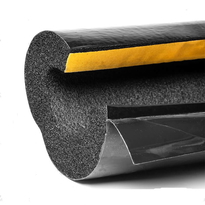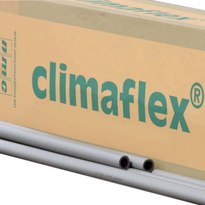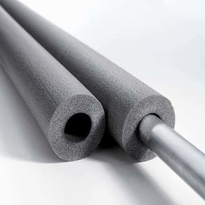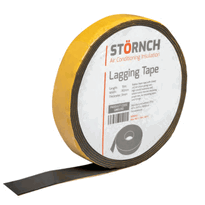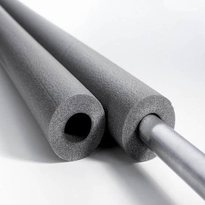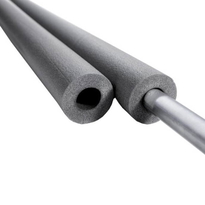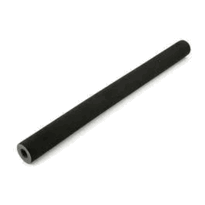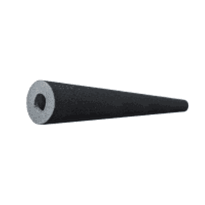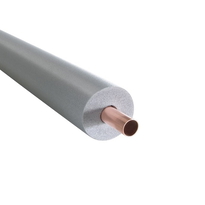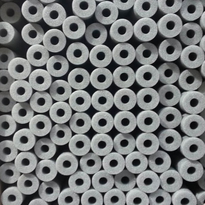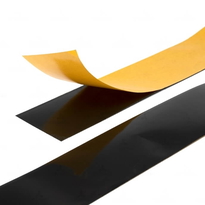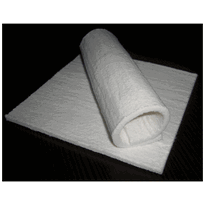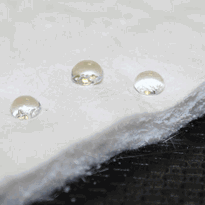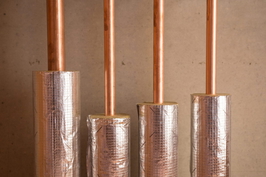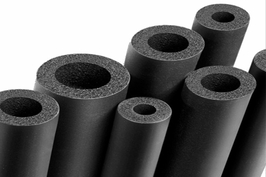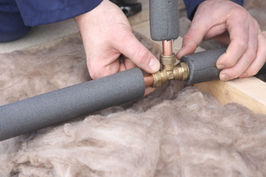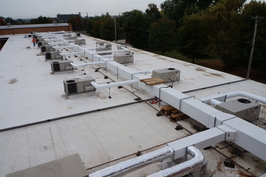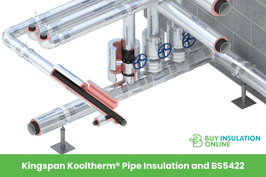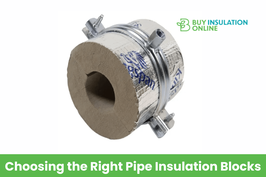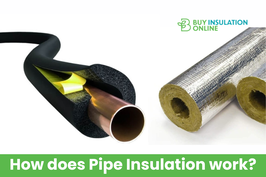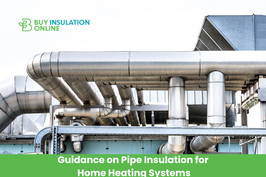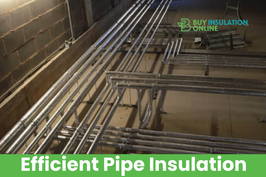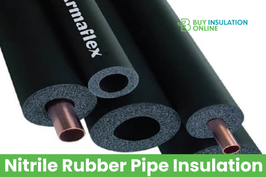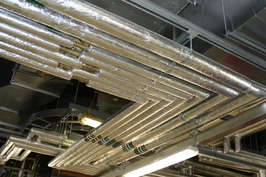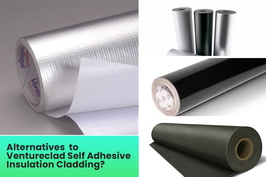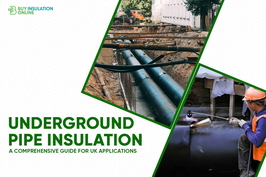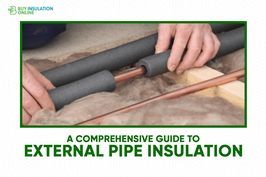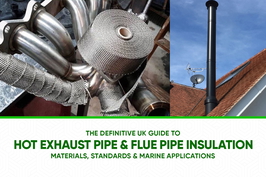Waterproof External Water Pipe Insulation
Waterproof external water pipe insulation involves choosing materials such as foam, rubber, or fiberglass, which are specially designed to prevent water ingress and withstand outdoor conditions. These insulations typically feature closed-cell foam, waterproof cladding, or the sealing of joints with tapes and sealants to ensure continuous moisture barriers.
Proper surface preparation, accurate fitting, and external protective coatings are essential to enhance durability against weather, UV exposure, and physical impacts. Understanding these aspects helps ensure effective, long-term protection. Further guidance can assist in optimizing installation strategies for reliable insulation performance in outdoor environments.
Types of Waterproof External Pipe Insulation Materials
When selecting waterproof external pipe insulation materials, it's crucial to understand the different types available and their specific properties to ensure effective moisture protection and thermal performance. Foam pipe insulation, such as nitrile or polyethylene foam, is highly valued for its waterproofing capabilities. Its closed-cell structure prevents water absorption while providing efficient thermal insulation across a wide temperature range. The lightweight and flexible nature of foam insulation facilitates straightforward installation around pipes with irregular shapes. Additionally, self-sealing foam tubes help eliminate gaps that could compromise moisture barriers, ensuring a continuous protective layer. Foam's waterproof nature makes it especially suitable for outdoor piping applications. Fiberglass insulation, which is bonded with a thermal-resistant binder, offers high thermal insulation properties. However, it requires an external waterproof cladding because it tends to absorb water when exposed to moisture. This additional protective layer helps maintain insulation performance and prolongs its lifespan in outdoor or wet environments. Rubber insulation is renowned for its high moisture resistance and durability, making it an excellent choice for wet environments. Its flexibility allows for easy installation around pipes, and its moisture-resistant properties help prevent water ingress, safeguarding the pipe’s thermal efficiency. Mineral wool insulation provides excellent fire and heat resistance, making it suitable for various applications, including those with high safety requirements. However, mineral wool also necessitates external waterproofing for outdoor installations to prevent water absorption, which could compromise its insulating qualities. Proper installation techniques and waterproofing methods are essential to maximize the lifespan and effectiveness of the insulation system. Understanding the specific properties of each insulation material and applying appropriate waterproofing methods are essential for ensuring long-lasting, efficient, and safe pipe installations in the UK.
Benefits of Waterproof External Pipe Insulation
The benefits of waterproof external pipe insulation are primarily based on its capacity to prevent moisture-related problems that can seriously impair the performance and longevity of a pipe system. It forms a robust barrier that minimizes condensation, reducing dripping, dampness, and the growth of mould and mildew. External pipe insulation is often designed to meet specific waterproofing standards, ensuring consistent protection in various weather conditions. This is particularly important for maintaining good indoor air quality and preserving the integrity of surfaces. By preventing moisture ingress, waterproof insulation helps protect building materials such as wood from deterioration and prevents corrosion on metal pipes like copper and steel, thereby extending their operational life. Additionally, it offers effective safeguarding against physical impacts, ultraviolet (UV) degradation, and harsh weather conditions, which can otherwise lead to costly repairs and maintenance. Furthermore, waterproof insulation aids in reducing heat loss, thereby improving energy efficiency. It also plays a crucial role in preventing pipes from freezing in cold weather, ensuring the continuous operation of pipe systems throughout seasonal variations. Eco-friendly insulation materials enhance the sustainability and overall environmental performance of building systems, aligning with industry standards for green construction.
Key Features for Effective External Pipe Insulation
Selecting the appropriate materials for external pipe insulation is crucial to achieving optimal performance and durability. Different materials offer a range of thermal, moisture-resistant, and weatherproof properties that must be considered to ensure effectiveness under UK outdoor conditions.
To optimize your insulation system, keep these key features in mind:
Low thermal conductivity (preferably 0.025 W/m·K) improves insulation efficiency by minimizing heat transfer. Choosing materials with low K-values helps maintain the desired temperature and reduce energy loss.
Waterproof capabilities are essential to prevent moisture ingress that can compromise insulation integrity. Elastomeric nitrile rubber or polyethylene foam are commonly used options due to their excellent moisture resistance.
UV and weather resistance is vital for outdoor installations. Using materials such as aluminium, stainless steel, or PVC jackets provides effective protection against environmental damage from sunlight, rain, and wind. Proper weatherproofing enhances the longevity of the insulation system. Incorporating high-quality insulation jackets can further improve durability and protect against the elements.
Proper thickness, generally a minimum of 19mm, offers a balanced approach by providing sufficient thermal insulation while ensuring physical robustness. Adequate thickness helps prevent freezing and frost damage, meeting safety standards and extending the lifespan of the system.
Selecting materials that embody these features will result in a reliable, durable, and efficient external pipe insulation system.
This approach ensures resilience against the UK's variable weather conditions, maximizes thermal performance, and supports long-term durability.
Installation Considerations and Common Challenges
Effective installation of external pipe insulation necessitates careful attention to preparation, fitting, waterproofing, and addressing common challenges that can compromise system performance. Proper surface cleaning is crucial, removing dirt, grease, and moisture to ensure optimal adhesion, whilst inspecting pipes for corrosion or damage to prevent trapped moisture that could accelerate deterioration. Ensuring the pipe surface is free of debris allows the insulation to adhere more effectively and reduces the chance of moisture ingress. Adequate surface preparation, including removing any existing coatings or rust, enhances the longevity of the insulation system. Accurate measurement and precise cutting of foam sleeves or wraps are essential to eliminate gaps that may allow heat loss or water ingress. Sealing seams, joints, and cladding thoroughly with waterproof tapes and sealants acts as a vital barrier against moisture penetration. Furthermore, accommodating thermal expansion and implementing weatherproofing components—such as UV-resistant cladding—help maintain waterproof integrity over time. Addressing challenges like continuous insulation across fittings and ensuring robust sealing significantly enhances the system’s durability, efficiency, and long-term reliability.
Conclusion
Proper selection and installation of waterproof external pipe insulation enhance durability by safeguarding pipes from moisture and temperature variations. By understanding the different insulation materials, key features, and potential installation challenges, users can ensure optimal performance and longevity. Accurate application reduces energy loss, lowers maintenance requirements, and prevents corrosion. Adhering to best practices in material selection and installation is vital for effective external insulation, resulting in reliable pipe operation and the long-term integrity of infrastructure.
